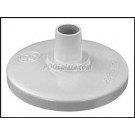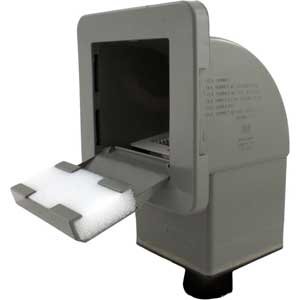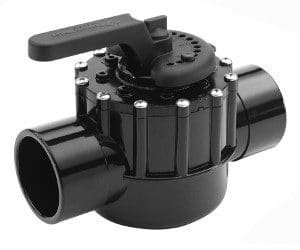|
Pool Chemistry> Total Alkalinity: | Intro | Testing | Adjusting | Solution vs. Suspension |
Alkalinity – IntroductionTotal Alkalinity If the water in a pool becomes overly acidic (the pH gets too low), the water becomes “hungry” and attempts to balance itself. It can balance itself in one of two ways:
Obviously, #2 is the preferable way to go, because it is a lot easier to replace the alkaline materials (total alkalinity) in the pool water than it is to replace the pump, filter, heater, or plaster. We need to keep the Total Alkalinity between 80 and 120 is to help provide a buffer of alkaline materials in solution in the water to help buffer the water against pH changes. If the alkalinity is too low, then the pH can swing up and down fairly wildly and damage to the pool or its equipment will occur over time. If the alkalinity is too high, then the water will cloud up very easily. This is because the water is over-saturated. There is only so much material that can go into solution. If the alkalinity is just right, then the water will be able to buffer pH swings so that they do not attack the plaster or cause the pH to swing wildly. This is why it is important to test and adjust the alkalinity on a regular basis. |































